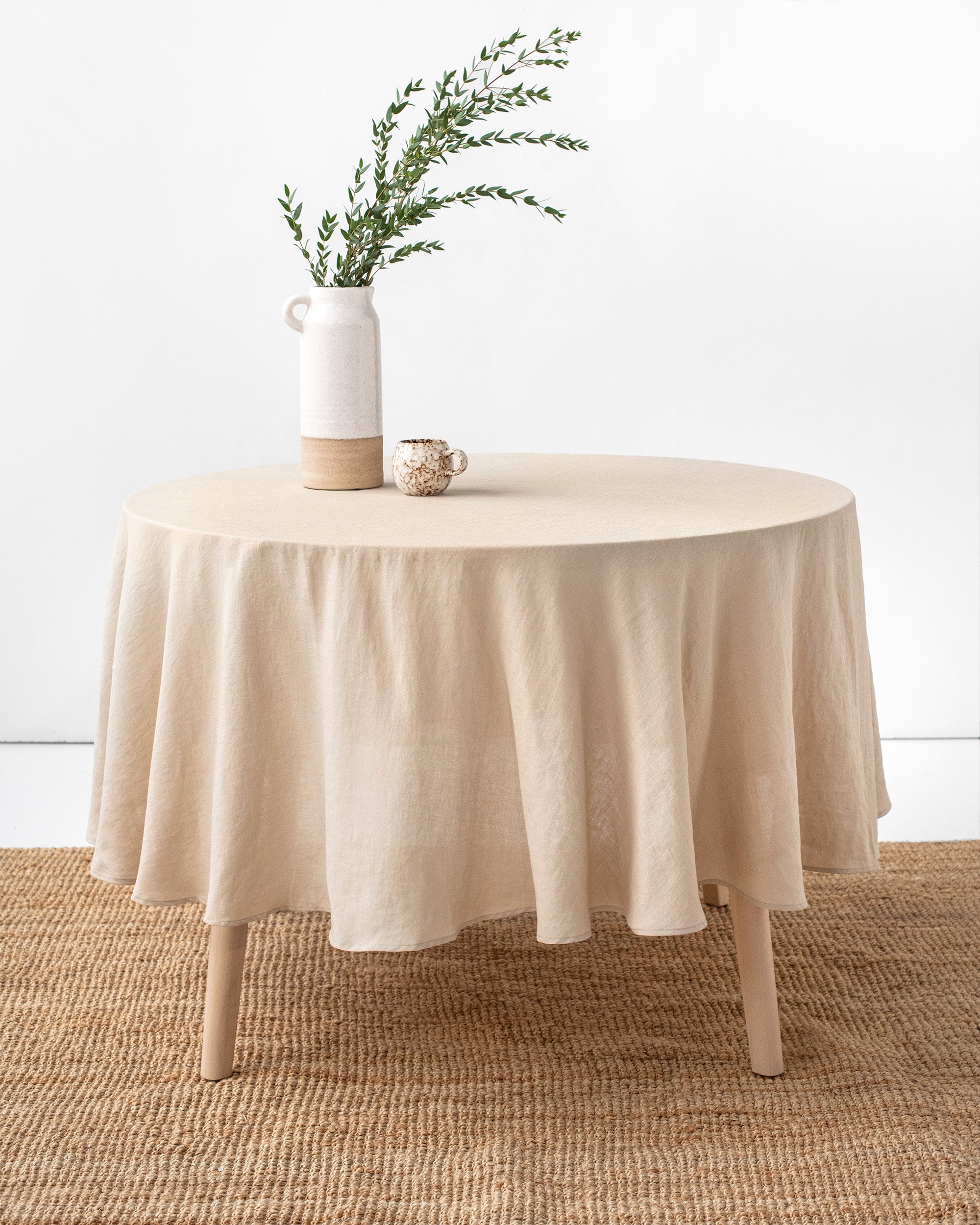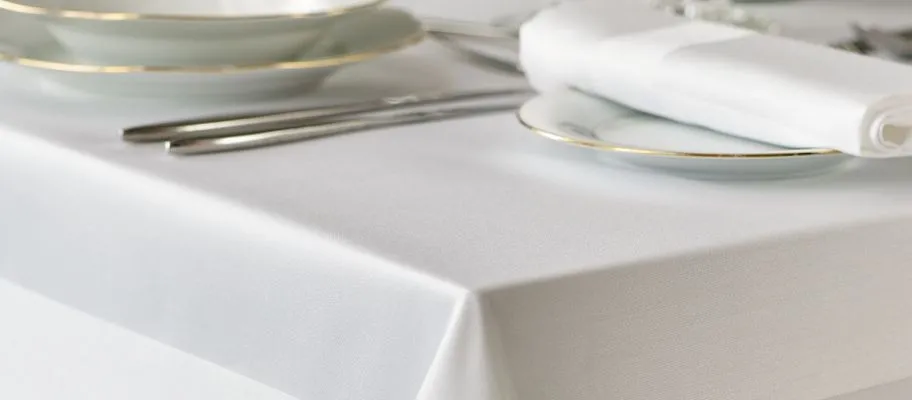Creative Table Runner Uses: Past the Table
Creative Table Runner Uses: Past the Table
Blog Article
Linen Textile Technologies: Exploring Modern Trends and Creative Applications in Style and Fabric Market
From sustainable production approaches to innovative weaving technologies, the development of linen is reshaping the landscape of the fabric industry. As we delve into the realms of imaginative style applications and the development of bed linen blends and hybrid materials, a brand-new chapter unravels in which bed linen's role in future textile innovations takes center phase.
Lasting Practices in Bed Linen Manufacturing
Lasting techniques in linen production have actually become increasingly critical in the fabric industry's initiatives to decrease ecological influence and advertise ethical sourcing techniques. Linen, an all-natural fiber originated from the flax plant, offers a range of advantages such as sturdiness, breathability, and biodegradability. Nevertheless, standard approaches of linen manufacturing can involve substantial water consumption, chemical use, and energy-intensive processes.
To resolve these challenges, several textile manufacturers are embracing sustainable techniques throughout the bed linen production procedure. This includes sourcing flax from natural ranches that stay clear of dangerous pesticides and chemicals, implementing water-efficient retting techniques to essence fibers from the flax stalks, and using green dyes and coatings. Furthermore, some business are spending in renewable resource resources to power their manufacturing facilities and reducing waste with recycling and upcycling campaigns.
Technical Improvements in Bed Linen Weaving
With the growing focus on lasting methods in bed linen production, the fabric sector is currently witnessing a surge in technological innovations particularly targeted at changing the art of bed linen weaving. These technologies are reshaping the method linen textiles are created, using increased performance, top quality, and imagination in weaving techniques.
One of the essential technological developments in bed linen weaving is the assimilation of digital looms. These advanced looms are furnished with software application that enables for intricate and detailed designs to be woven with precision. By digitizing the weaving procedure, suppliers can attain higher uniformity and precision in their linen fabrics.
Furthermore, innovations in thread spinning technology have actually enabled the manufacturing of finer and more durable bed linen yarns - table cloths. This causes softer and smoother bed linen materials that preserve their high quality also after multiple usages and laundries
Furthermore, the development of environmentally friendly dyeing processes and finishes for bed linen materials is getting traction. These sustainable practices not just reduce the environmental impact however likewise accommodate the increasing customer need for morally generated textiles.
Creative Layout Applications for Bed Linen
Cutting-edge artistic techniques are significantly shaping the innovative design applications for linen in the fabric sector. Linen's natural aesthetic allure and ability to blend with various other textiles make it a favorite option for developing unique garments and accessories that cater to the eco conscious consumer.
In addition, designers are explore bed linen in home style, using its breathable and resilient nature to craft elegant home furnishings such as drapes, bedding, and upholstery. The structure and drape of linen bring a sense of refinement and convenience to indoor spaces, adding a touch of elegance to contemporary homes.

Bed Linen Blends and Crossbreed Fabrics

Crossbreed materials, on the other hand, take the concept of mixing a step further by including extra elements such as metal strings, recycled materials, or conductive fibers. These cutting-edge fabrics not only increase the layout possibilities but additionally introduce functional elements like conductivity, antimicrobial properties, or improved sturdiness. Hybrid textiles are progressively being utilized in different industries, consisting of style, indoor design, and technological textiles, where the need for multifunctional materials is on the surge.
Linen's Function in Future Textile Innovations

In the realm of future fabric technologies, linen is expected to be a crucial gamer in the growth of advanced functional materials. Scientists and developers are exploring ways to enhance linen's intrinsic top qualities through technological developments, such as integrating wise textiles, nanotechnology, and performance surfaces. These technologies intend to boost bed linen's efficiency attributes, making it ideal for a broader variety of applications, from activewear to protective clothes.
Furthermore, the combination of linen with other natural or synthetic fibers opens countless opportunities for developing unique fabrics with one-of-a-kind properties and functionalities. By leveraging linen's attributes and checking out cutting-edge blends, the fabric sector is poised to present interesting advancements that deal with evolving customer demands and sustainability demands.
Final Thought
To conclude, the exploration of lasting methods, technological advancements, imaginative layout applications, linen blends, and its role in future fabric advancements highlight the constant evolution of bed linen textile in the contemporary design and fabric market. With a concentrate on technology and imagination, the flexibility and environmentally friendly nature of linen make it a beneficial material for producers and developers alike, paving the way for more advancements and innovations in the field of fabrics.
As we dig right into the realms of imaginative style applications and the appearance of linen blends and crossbreed materials, a brand-new chapter unravels in which bed linen's duty in future textile technologies takes center phase.
Exploring the blend of linen with other textiles has led to the appearance of ingenious blends and hybrid textiles in the contemporary fabric industry. Linen blends supply a distinct mix of the characteristics of linen with those of various other fibers, resulting in textiles that possess improved residential properties such as increased toughness, a fantastic read improved draping, and decreased wrinkling.The advancement of bed linen blends and crossbreed fabrics has set the phase for Bed linen to play a pivotal function in driving future fabric technologies.In the realm of future textile developments, bed linen is anticipated to be a vital player in the development of sophisticated practical textiles.
Report this page